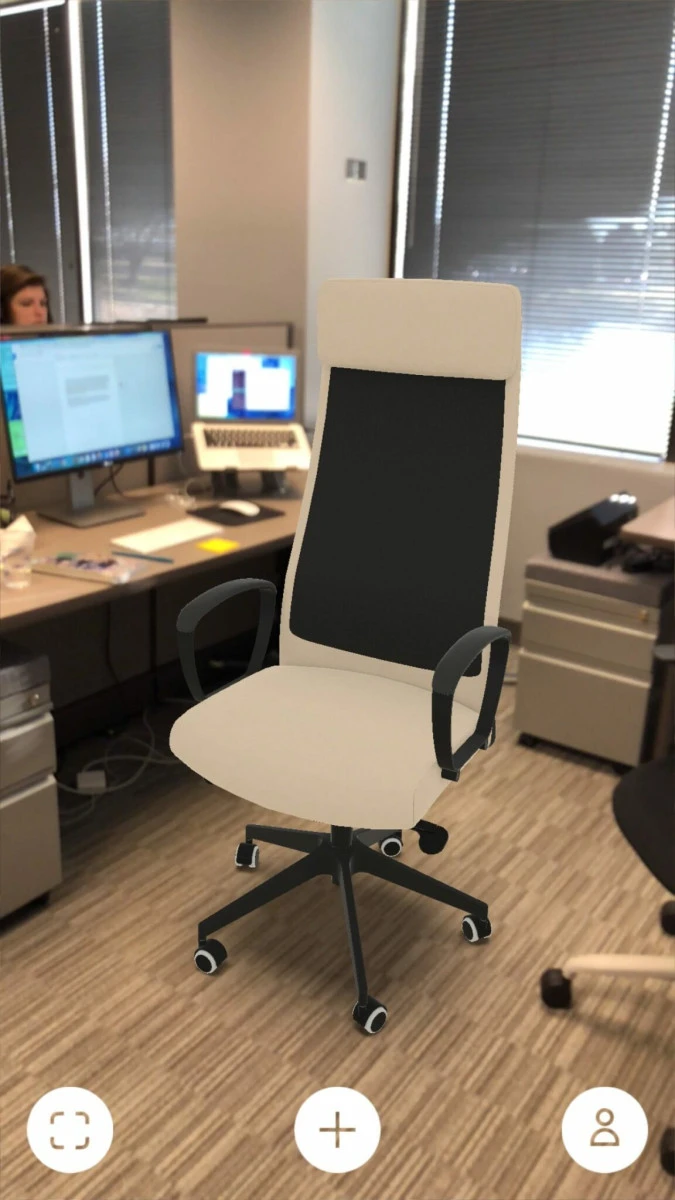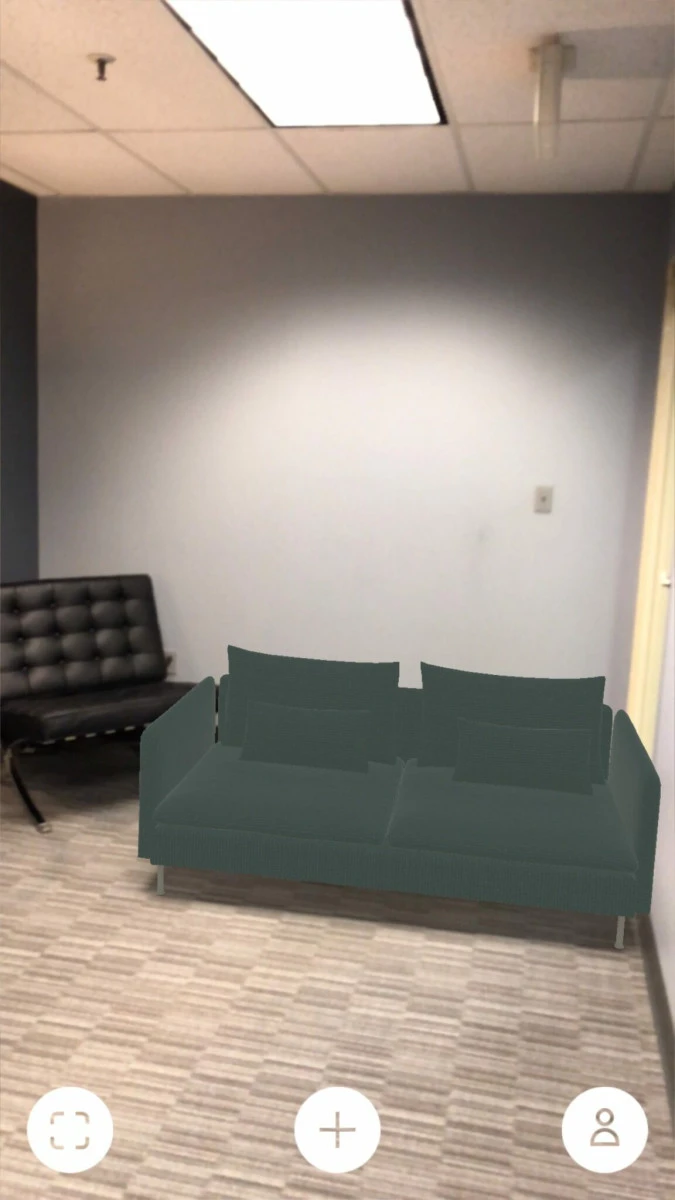XR: How the New Tech Is Helping Industries Across the Board
by Katie Huston | Last Updated: Mar 19, 2018
by Katie Huston | Last Updated: Mar 19, 2018

 One major player in the furniture industry, IKEA, has taken a technical approach to shopping online. The IKEA Place app allows you to view your space through your mobile camera and virtually select and place different pieces of furniture. You can even measure to see if a cabinet will fit in a tight space. This way, customers can see how the colors, textures, and sizes fit into certain rooms. I tried it myself in our Lumavate HQ office and the results were good–I could see blue couches and sleek desk chairs fitting right in!
We’re moving toward XR. There’s no doubt about it. As more and more people use smartphones to integrate into everyday life, the layering of extended reality can create jobs, provide new services, and better serve customers across all industries. Companies taking on this new venture in the virtual space are just getting started in catering to their customers globally through VR, AR, and MR.
One major player in the furniture industry, IKEA, has taken a technical approach to shopping online. The IKEA Place app allows you to view your space through your mobile camera and virtually select and place different pieces of furniture. You can even measure to see if a cabinet will fit in a tight space. This way, customers can see how the colors, textures, and sizes fit into certain rooms. I tried it myself in our Lumavate HQ office and the results were good–I could see blue couches and sleek desk chairs fitting right in!
We’re moving toward XR. There’s no doubt about it. As more and more people use smartphones to integrate into everyday life, the layering of extended reality can create jobs, provide new services, and better serve customers across all industries. Companies taking on this new venture in the virtual space are just getting started in catering to their customers globally through VR, AR, and MR.